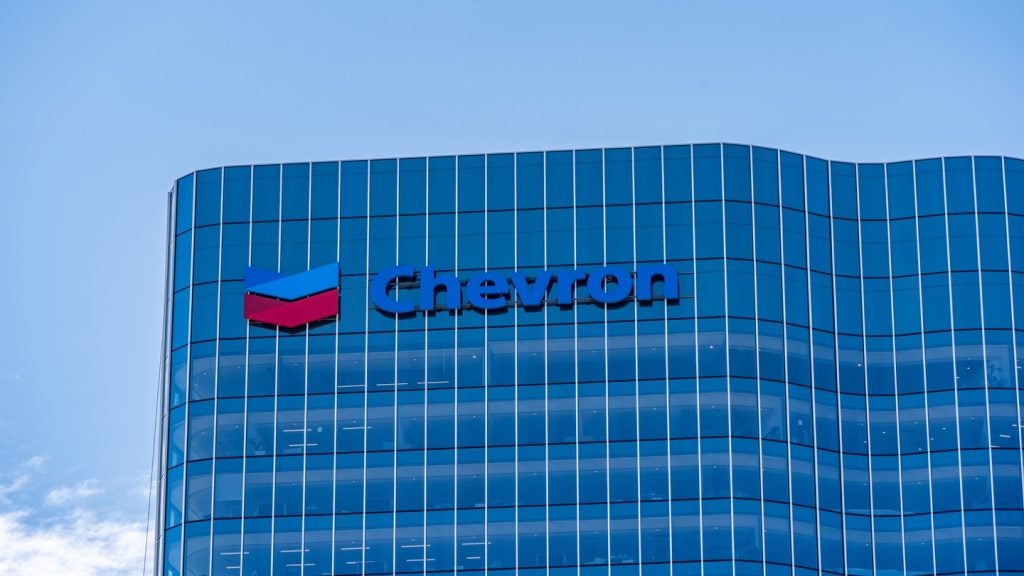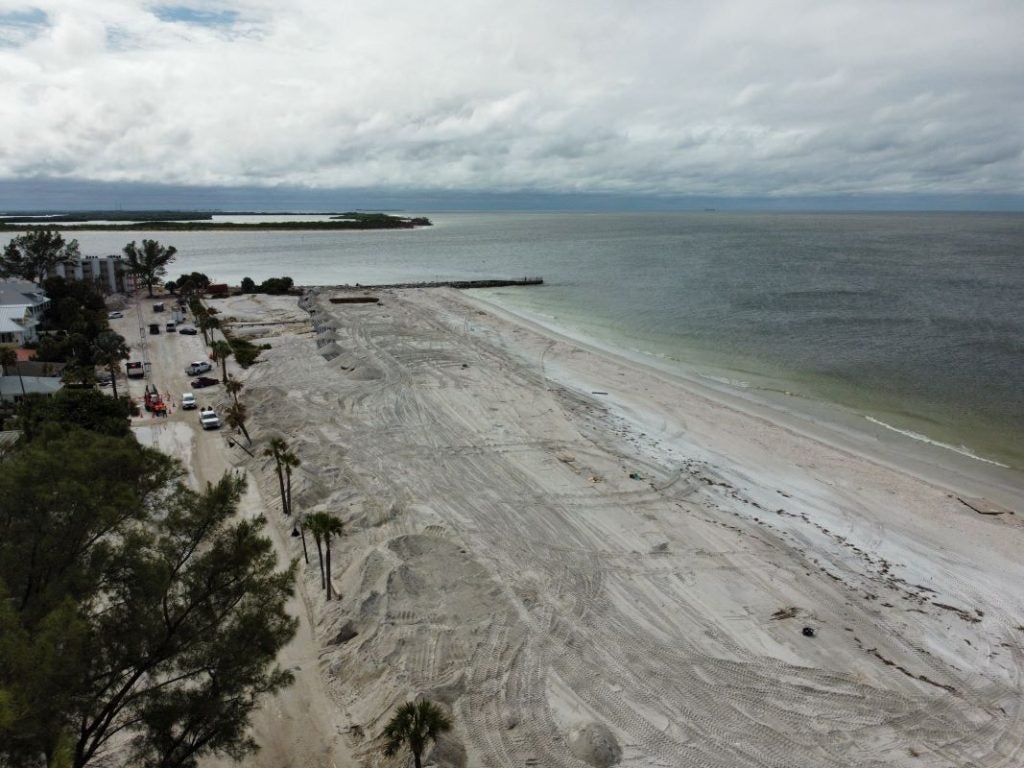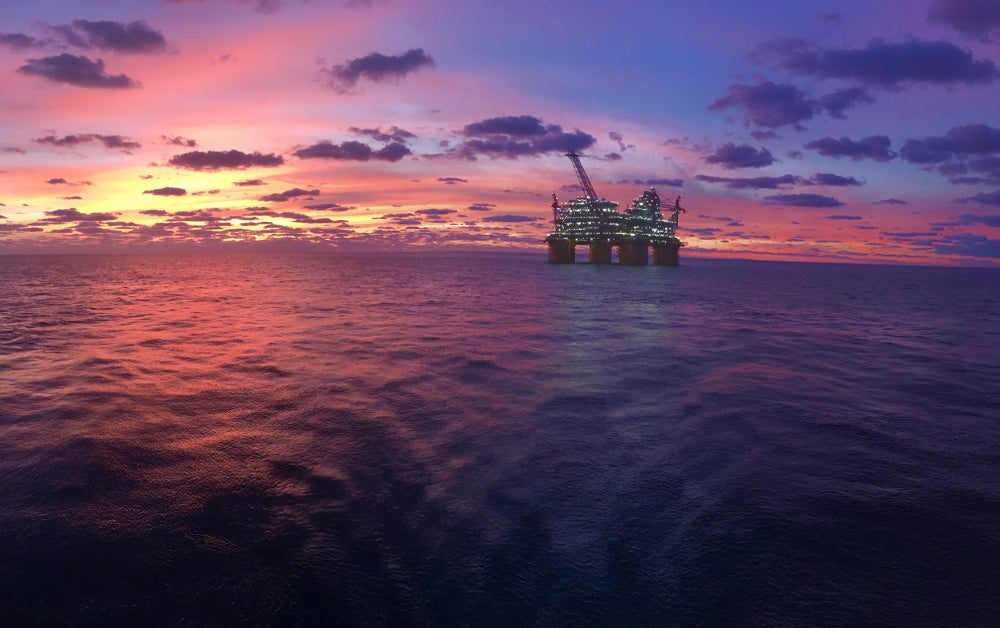Crew transfer vessels for the offshore wind sector: Introduction
As the push for environmentally sound and sustainable energy moves apace, the offshore wind sector has become a rapidly growing industry.
With an increasing demand for efficient and reliable crew transfer vessels (CTVs), the industry is enjoying significant growth and expansion.
These specialised boats are essential for the safe and timely transportation of technicians and other personnel to and from offshore wind farms.
As the industry continues to grow, companies must be increasingly discerning when selecting CTVs to ensure operational efficiency, safety, and compliance with regulatory standards.
Our expert buyer’s guide has been written and designed to provide valuable insights for businesses and professionals involved in the offshore wind sector.
See Also:
People who will find this information valuable include wind farm operators, maritime transport companies, and aluminium crew transfer vessel manufacturers.
Key considerations: Selecting the right crew transfer vessel
Crew transfer vessels are often considered to be the workhorses of the offshore wind industry.
Designed to withstand challenging sea conditions, they are also required to provide as much comfort and safety for the crew as possible, with standards constantly getting higher.
When searching for the ideal CTV, companies and buyers should consider several key factors including, but not necessarily restricted to:
Vessel Design and Performance
The design of a CTV should facilitate smooth operations in the offshore environment.
This includes hull shape, stability, and manoeuvrability. Any vessel’s performance in terms of speed and fuel efficiency is also crucial for cost-effective operations.
Safety Features
It may seem axiomatic, but safety is of paramount importance for the offshore wind sector.
CTVs should be equipped with advanced safety systems. This should include man-overboard recovery, fire-fighting equipment, and emergency response capabilities.
Comfort and Amenities
Crew welfare is essential for productivity and the overall success of the operation.
Comfortable seating, climate control, and facilities for rest and refreshment during transit can make a significant difference in crew morale and performance.
Regulatory Compliance
Vessels must comply with all maritime regulations, including those specific to the offshore wind sector.
This compliance always includes certifications from recognised maritime authorities and adherence to environmental standards.
After-Sales Support
A reliable aluminium crew transfer vessel manufacturer should offer comprehensive after-sales support.
This should include standard maintenance, spare parts availability, and high-level training for crew and technicians.
Key systems and solutions for crew transfer vessels
When evaluating crew transfer vessels, each operation will have bespoke criteria that align with their specific needs.
Buyers should consider the following systems and solutions, each of which will usually be integral to their operation:
- Dynamic Positioning Systems
- Motion-compensated gangways
- Advanced navigation and communication equipment
- Fuel-efficient propulsion systems
- Sea-state monitoring technology
- Ergonomic crew seating
- Vibration and noise reduction features
- Deck equipment for cargo handling
- Onboard safety management systems
- Remote monitoring and diagnostics
- Environmentally friendly technologies
- Ice-class capabilities for cold-weather operations
- Customisation options for specific operational needs
- Hybrid or electric propulsion options for reduced emissions
- Crew welfare facilities, such as Wi-Fi and entertainment systems
Latest technological advancements in crew transfer vessels
The offshore wind sector is enjoying a range of technological advancements that are shaping the future of crew transfer vessels.
Recent innovations include, but are not limited to:
- Development of hybrid and fully electric propulsion systems that reduce emissions and operational costs.
- Increased integration of artificial intelligence and machine learning which is enhancing navigational safety and operational efficiency.
- Use of advanced materials, such as high-strength aluminium, is improving vessel durability while reducing weight, leading to better fuel economy and increased payload capacity.
Who can benefit from this guide?
Our buyer’s guide is designed and intended to represent a valuable resource for a wide range of stakeholders in the offshore wind sector.
Using the content from our guide, alongside other considerations, wind farm developers and operators can gain insights into selecting vessels that enhance their operational efficiency and safety.
Maritime transport companies can also leverage this information to expand their fleets with the latest CTVs that meet industry demands.
Aluminium crew transfer vessel manufacturers will also find this guide useful for understanding market needs and driving innovation in their designs.
Additionally, investors, policymakers, and regulatory bodies can use this guide to inform their decisions and strategies related to the offshore wind sector.
Crew transfer vessel companies for the offshore wind sector: Our conclusion
The selection of crew transfer vessels can be a critical decision for companies in the offshore wind sector.
By considering the factors outlined in this guide and staying aware of technological advancements, businesses can ensure they choose CTVs that meet their operational requirements.
In addition, rigorous research and a careful selection process can contribute to the growth and success of their operations.
FAQs
What are crew transfer vessels (CTVs) used for in the offshore wind industry?
Crew transfer vessels (CTVs) are essential for safely transporting technicians and personnel to offshore wind farms.
They are designed to handle challenging sea conditions while providing comfort and safety for crew members during transit, ensuring smooth operations in remote areas.
What key factors should be considered when selecting a crew transfer vessel?
Key factors include vessel design, stability, safety features, fuel efficiency, and compliance with regulatory standards.
Buyers should also consider after-sales support and maintenance options.
How do safety systems improve crew transfer vessels?
Safety systems such as man-overboard recovery, fire suppression, and emergency response capabilities are critical for ensuring crew welfare and operational reliability in the offshore environment.
What advancements are driving innovation in crew transfer vessels?
Recent innovations include hybrid and electric propulsion systems, artificial intelligence for navigation, and lightweight, durable materials like high-strength aluminium.
These advancements improve fuel efficiency, reduce emissions, and enhance operational performance.
Why is crew comfort important in crew transfer vessels?
Comfort is crucial for maintaining crew morale and productivity.
Features like ergonomic seating, climate control, and entertainment systems during long transits ensure the well-being and performance of technicians working in offshore wind farms.






